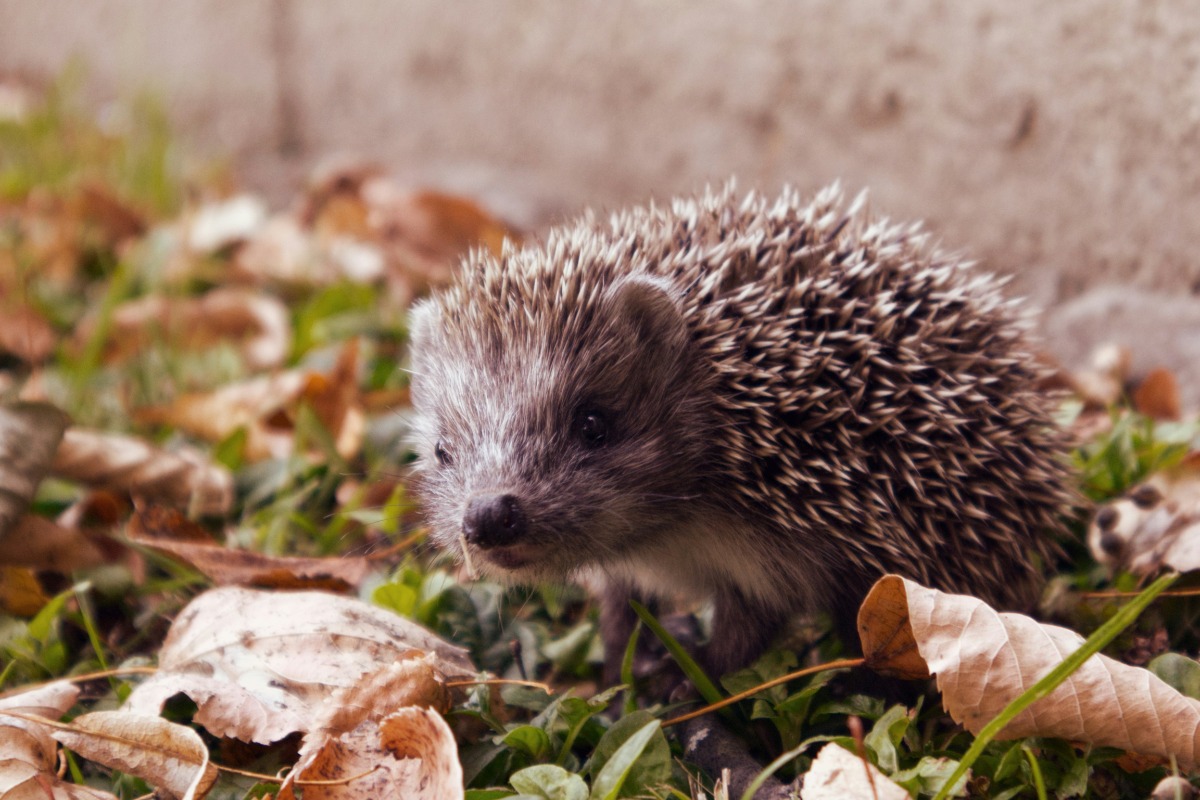
Hedgehog behavior & nesting habits
To build a shelter that truly works, we first need to understand hedgehogs themselves. Their behavior, seasonal cycles, and nesting habits all shape what kind of home they need.
Seasonal needs
Hedgehogs are highly seasonal animals. In temperate climates, they are most active from spring to autumn and may hibernate in winter. In warmer or tropical regions, species often remain active year-round but may rest more during extreme heat or drought. These seasonal rhythms influence where hedgehogs choose to nest and how much energy they need to survive.
Hibernation
For many hedgehog species, winter survival depends on hibernation. A hibernation nest (sometimes called a hibernaculum) must be:
- Well insulated to retain body heat.
- Dry and stable, protected from flooding or freezing.
- Safe from disturbance, since waking up too often costs precious energy and can lead to starvation.
A Hedgehog Dome, with its chambers and natural insulation, provides these exact conditions.
Breeding
In spring and early summer, hedgehogs look for safe nesting sites to raise their young. A breeding nest must offer:
- Enough space for a mother and her hoglets.
- Shelter from predators and harsh weather.
- A quiet environment with little human or animal disturbance.
Hoglets (baby hedgehogs) are especially vulnerable; without safe nesting, survival rates drop dramatically.
Feeding habits
Hedgehogs are insectivores with a broad diet, feeding mainly at night. They eat beetles, caterpillars, worms, slugs, and other invertebrates. Because they travel large distances while foraging, they rely on connected landscapes with plenty of natural food. Barriers such as fences or busy roads limit their feeding range and reduce survival chances.
Nesting behavior
Hedgehogs do not use one single nest for life. Instead, they often build several nests in a year, moving between them depending on the season and local conditions. These nests may be temporary daytime shelters, breeding nests, or hibernation nests. The ability to shift between safe shelters is essential for their survival.